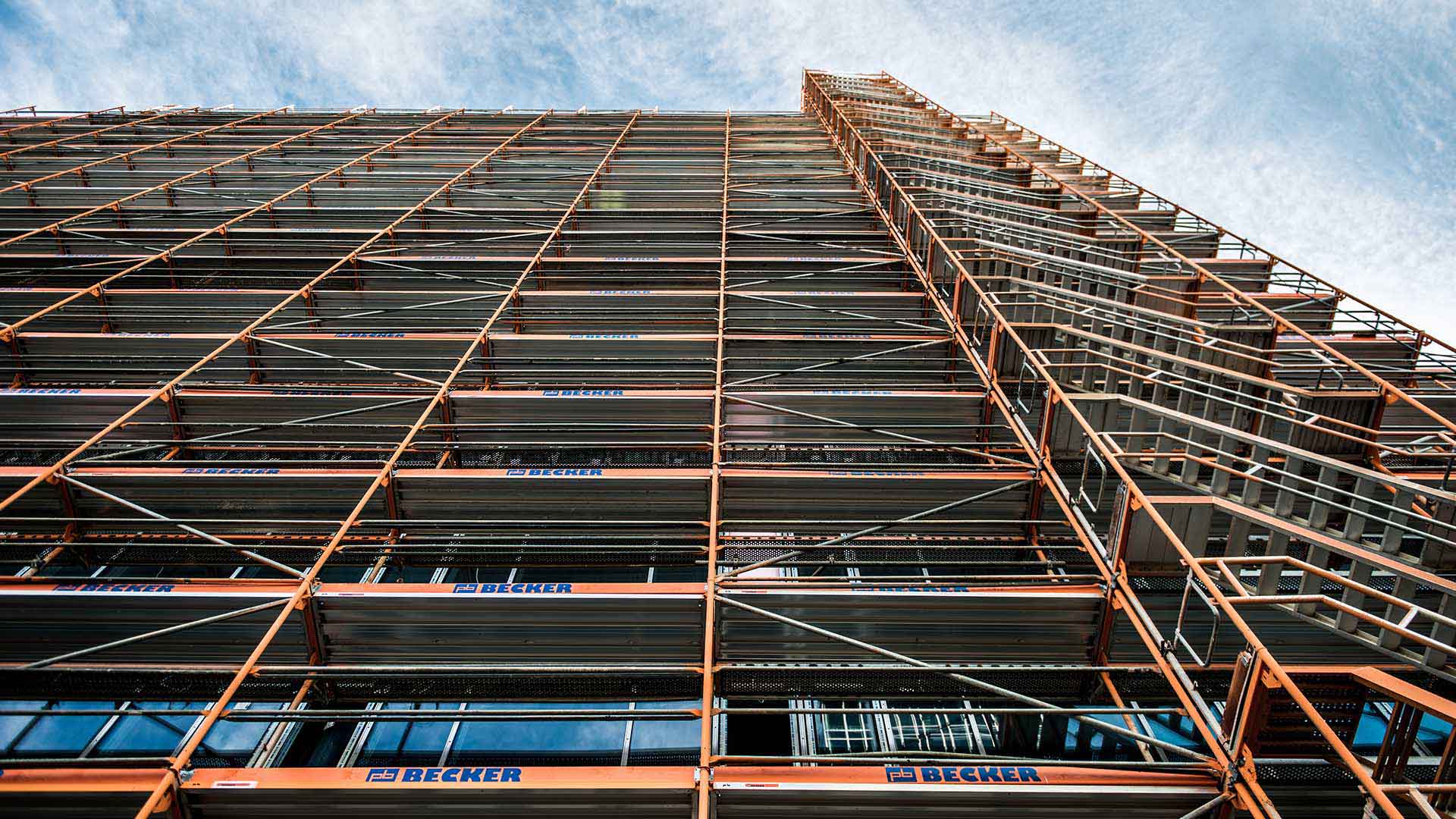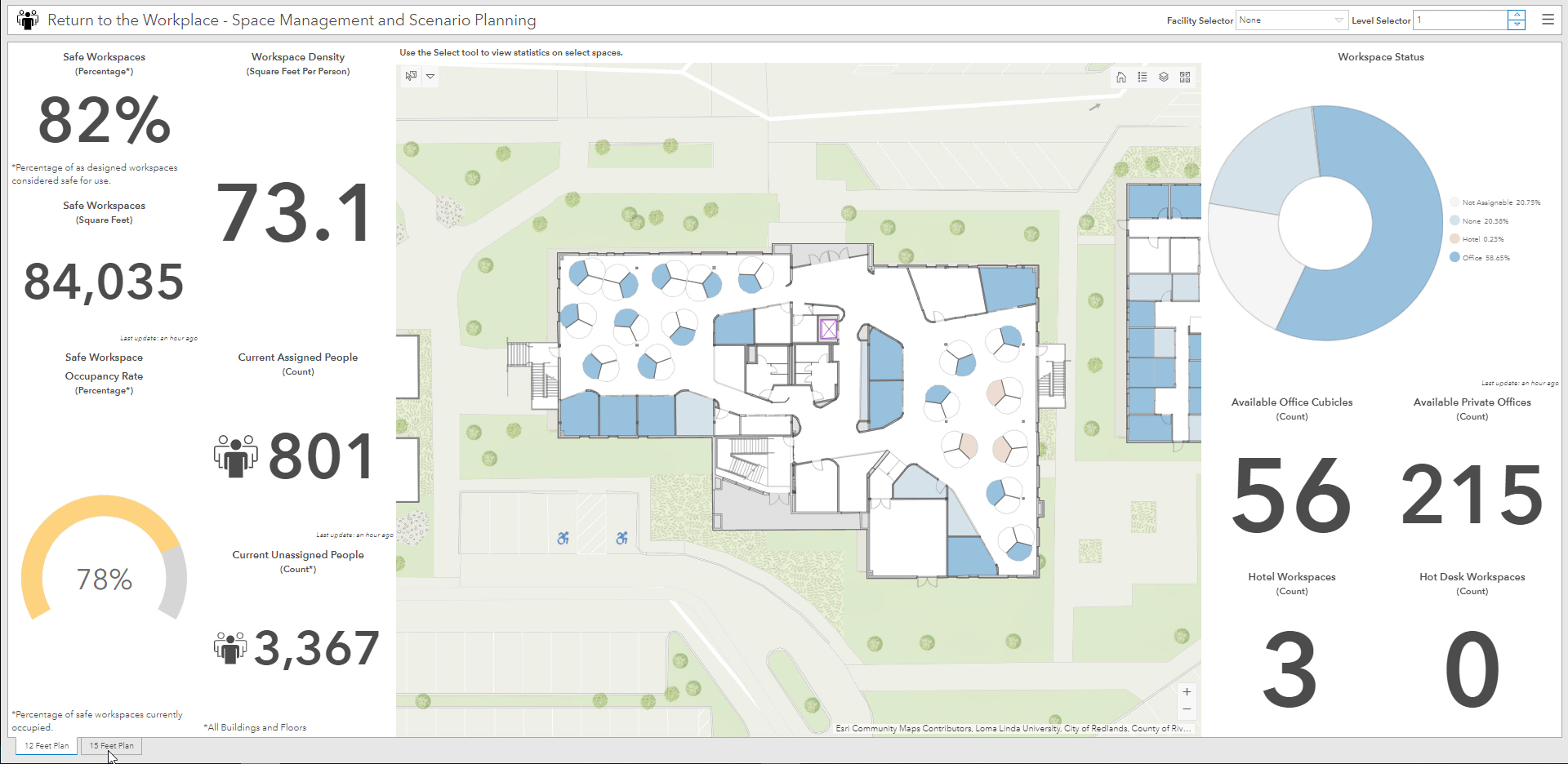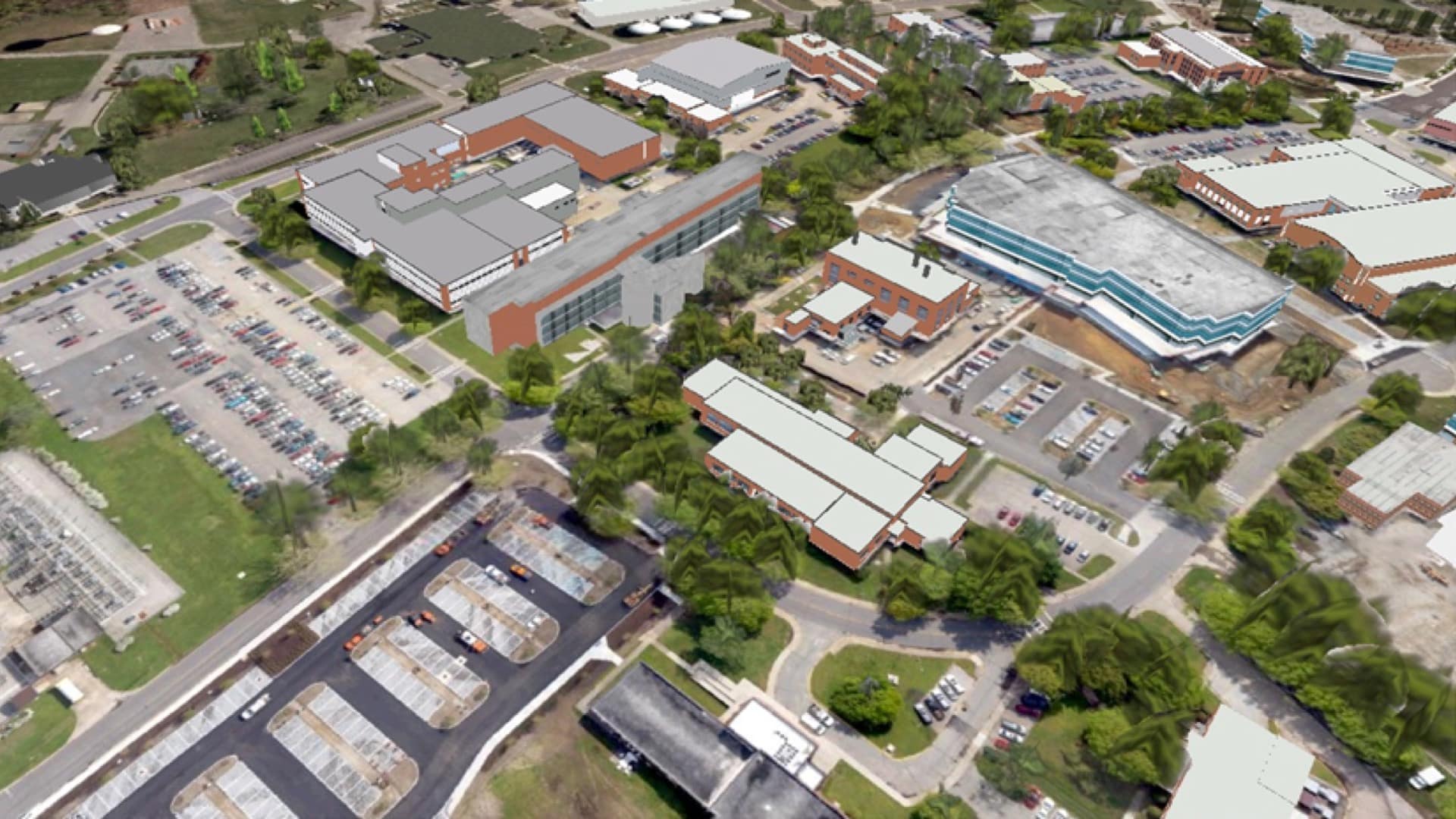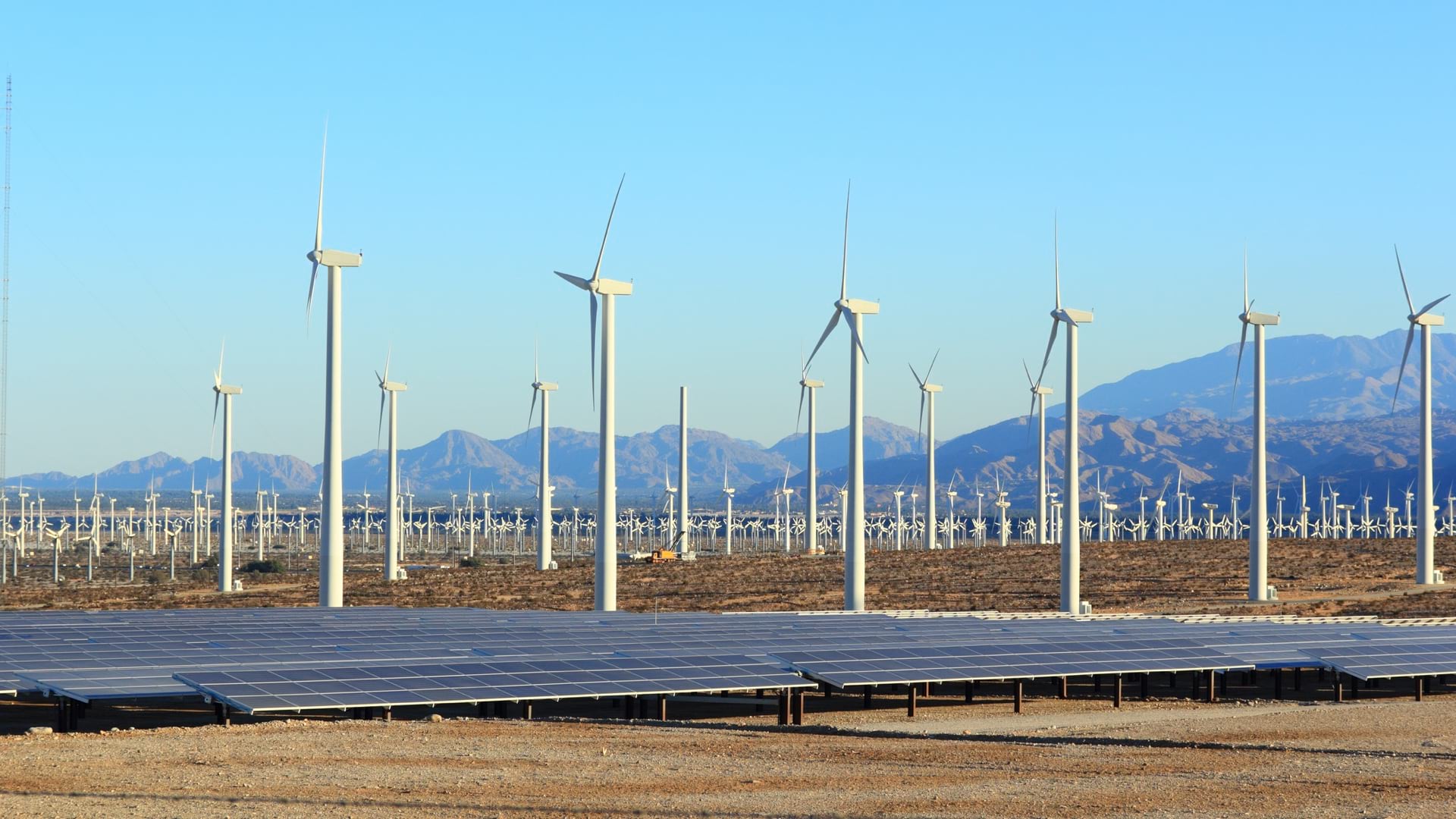

August 2, 2022 |
November 3, 2022

At the heart of the climate crisis is what we refer to as our built environment. Our built world—buildings, roads, utilities—has altered the earth’s climate in ways that are not amenable to life and the natural world. To realize a sustainable future, our focus should be the nourishment of all life and the environs required to sustain and support it.
Buildings are responsible for more than 40 percent of the world’s greenhouse gas emissions. This includes the carbon costs incurred to create and transport materials, the construction process itself, and inefficient energy consumption during a building’s life span. To effectively combat climate change and protect our planet, we must transform the way we design, manage, and use our buildings. We must also more fully understand our impacts on the environment, because there’s only one and we’re responsible for better management of it.
Fortunately, we have the tools and technologies at our disposal to achieve this transition to buildings with net-zero carbon emissions. Geographic information system (GIS) technology and facility mapping provide powerful insights into our built world. They allow us to see the big picture and better understand our decisions’ impact on our planet. The data-driven nature of GIS helps us examine our built and natural environments, quantifying the impacts of climate change and addressing root causes.
Reducing the role of buildings and facilities in contributing to global emissions is a complex challenge. Buildings are the source of almost half of global carbon emissions, but solving the problem is not just about energy efficiency. Since 1989, office buildings are 17 percent bigger even though the number of workers per building has remained the same.

We must adjust the forms we build to meet our actual working and living needs. Without adapting, we cannot reduce our carbon footprint.
There are many factors at play, including competing priorities between building owners and the facilities industry, and a lack of political will. This is not an easy task, but it is one that we must undertake if we want to create a sustainable future for generations to come.
The consequences of failing to act are severe and far-reaching: Extreme weather is now the norm, and rising global temperatures are causing sea levels to rise, threatening social stability around the world. To solve planetary decline we must curtail our overconsumption.
We face many barriers to action, including resistance from those comfortable with the status quo and lack of awareness about our impact on the problem. But there is also hope. If we truly understood the nature of the built environment and its relationship to the natural environment, we could mobilize necessary change. With better data and tools for managing built forms, we would have better insight to overcome obstacles and bring about balance. Understanding precedes action, and now humanity needs to contribute more.
One key area where we can make progress is in facilities management.
GIS-based digital transformation of building operations provides a great opportunity to reduce our carbon footprint. With GIS, we can quickly identify areas of inefficiency and waste; improve the design, operation, and use of buildings; and develop policies to promote sustainable practices.

There are new GIS-driven tools that can digitally transform the built environment. They convert building design and operations documents into digital representations and data about processes that can be integrated into GIS, helping users understand buildings’ greater geographic context. Through GIS, buildings are no longer islands unto themselves, and this allows us to address how they fit into the natural environment. With digital twins of buildings and surroundings powered by GIS, facility managers can identify locations for improvement and make plans to reduce carbon footprints and other impacts on the environment.
More broadly, GIS provides an evidence-based ecosystem to collaborate across sectors, including policy makers who create regulations; facility managers who oversee construction projects from design through maintenance; urban planners who design communities around principles like sustainability and equal access; and technologists who build the tools used to shape the future. All these professions have something important to contribute, and GIS maximizes the value of all inputs to analyze impacts and inform decision-making.
We need to chart a new course, focusing on sustainability and ensuring that our decisions today help build a better future. To do so, we’ll need to increase our productivity, using advanced collaboration and data management tools to connect the best minds and the most intrepid field operators. With the right tools, data, and support, we can create the contextual awareness to transform the built environment and build more sustainably.
Learn more about connecting projects and assets in context, mapping and managing indoor data, and planning and designing using scenarios to balance impacts.

August 2, 2022 |

May 4, 2018 |

March 22, 2022 |